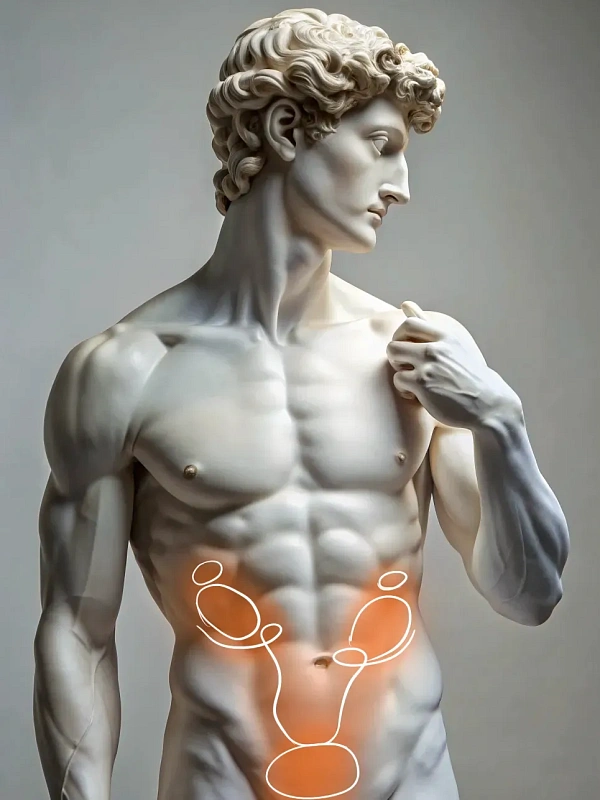Circumcision
Circumcision is the surgical removal of the foreskin covering the head of the penis. It may be performed for medical indications, sanitary purposes, or cultural and religious reasons.

Circumcision is one of the oldest surgical procedures. It is performed to treat phimosis, a condition in which the foreskin cannot be fully retracted. It is also an indication for urgent circumcision to treat paraphimosis, a condition where the foreskin gets stuck in the retracted position.
In addition to treating urological conditions, circumcision can reduce the risk of urinary tract infections and the transmission of certain sexually transmitted infections. Circumcised men are less likely to suffer from balanitis (inflammation of the head of the penis) and other genital infections. Circumcision also improves hygiene.
Consultation with a urologist to assess the condition of the foreskin. Common blood and urine tests, and a coagulogram. Testing for infections (if necessary).
Scalpels or laser equipment.
Circumcision is performed under local or general anaesthesia and lasts about 30-60 minutes. The surgeon makes a circular incision around the foreskin and removes excess tissue, then applies stitches. There are several circumcision techniques, including classical surgery using a scalpel, laser circumcision and the use of special surgical instruments such as clamps and rings. The choice of method depends on the patient's preference and the doctor's recommendations.
After the procedure, the patient is advised to refrain from physical activity and sexual intercourse for 2-4 weeks. Complete healing usually takes about 4-6 weeks. During this period it is important to maintain hygiene and use antiseptics.
Benefits
Preventing urological problems
Reduces the risk of phimosis, paraphimosis and genitourinary infections.
Improved hygiene
Circumcision makes genital care easier and reduces the risk of infections.
Minimal discomfort
Modern methods of anesthesia and surgery ensure minimal pain during and after the procedure.
Aesthetic improvement
Many patients note an improvement in the appearance of the penis and an increase in self-confidence.
Frequently Asked Questions
Is circumcision medically necessary?
Will the scar be noticeable after the procedure?
Didn't find an answer to your question?
You can describe your problem in detail and ask a question to the doctor. He will answer you and help you find a solution
Врачи
Смотреть всех врачейUrologist and Ultrasound Diagnostician.
Urologist, Ultrasound Diagnostician
Similar referral activities
Spermatocelectomy
A surgical procedure to remove a cystic mass in the testicular epididymis.
Microsurgical varicocele treatment (Marmar method)
One of the most efficient and safe ways to treat varicocele, particularly when it comes to preserving fertility and minimising the risks of recurrence.
Microsurgical varicocele treatment
Surgical treatment of varicocele. During surgery, the dilated veins of the testicle and the spermatic cord are removed to restore normal blood supply and improve reproductive function.
Minimally invasive ureteral stone removal
An advanced technique aimed at safe and effective removal of ureteral stones with minimal trauma.
Minimally invasive kidney stone removal
An advanced technique aimed at safe and effective removal of kidney stones with minimal trauma.
Hydrocele surgery
Surgical intervention aimed at eliminating the pathological accumulation of fluid in the testicular membranes.

